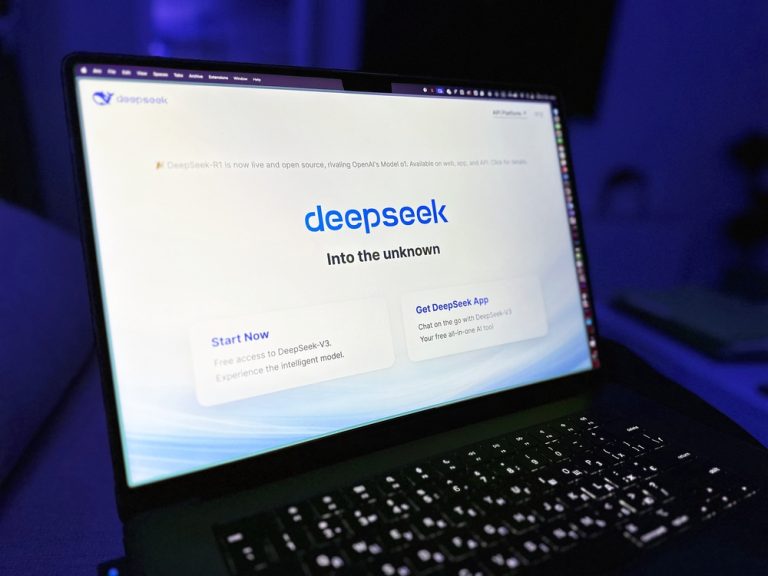CARES Act Update: Paycheck Protection Program Flexibility Act Provides Additional Relief for Small Businesses
CARES Act Update: Paycheck Protection Program Flexibility Act Provides Additional Relief for Small Businesses
UPDATE July 4, 2020: Congress has passed legislation to extend the deadline to apply for PPP loans until August 8, 2020. Reportedly, about $130 billion of the original $670 billion in funds set aside for the program remained unclaimed. President Trump signed the bill into law on July 4, 2020.
Congress passed new legislation to extend and relax the loan forgiveness requirements of the Paycheck Protection Program (“PPP”), the federal aid program established by the CARES Act for small businesses affected by the coronavirus pandemic. The Paycheck Protection Program Flexibility Act, which President Trump signed into law on June 5, 2020, makes significant changes to the PPP to provide additional relief for small businesses.
The PPP made loans available to small businesses, requiring the funds be used primarily for payroll in order to qualify for forgiveness. Pursuant to regulations issued by the Small Business Administration (“SBA”) after the CARES Act was passed, borrowers were required to use loan proceeds for covered payroll, mortgage, rent or utility costs within 8 weeks to qualify for loan forgiveness, including using at least 75% of loan funds for payroll costs.
The new Act increases flexibility for small businesses that have been unable to rehire employees due to lack of employee availability, or have been unable to operate as normal due to COVID-19 related restrictions. It extends the period that businesses have to use PPP funds to qualify for loan forgiveness to 24 weeks, up from 8 weeks under the original rules. The proportion of loan funds required to be used for payroll costs is reduced to 60%, and up to 40% of funds may be used for covered mortgage, rent, or utility payments. In addition, the Act extends the deadline to rehire workers from June 30, 2020 to December 31, 2020.
The SBA and Treasury have interpreted the new 60% requirement as a proportional limit on nonpayroll costs as a share of a borrower’s loan forgiveness amount, rather than as a threshold for receiving any loan forgiveness. Pursuant to new regulations issued on June 11, 2020 to conform to the PPP Flexibility Act, in order to receive full loan forgiveness, a borrower must use at least 60% of the PPP loan for payroll costs and not more than 40% of the loan for covered mortgage, rent or utility costs. If a borrower uses less than 60% percent of the PPP loan for payroll costs, it will receive partial loan forgiveness according to the percent of funds spent on covered payroll, mortgage, rent or utility costs. The revised SBA regulations are available here: https://home.treasury.gov/system/files/136/PPP-IFR-Revisions-to-First-Interim-Final-Rule.pdf.
The Act relaxes requirements that loan recipients rehire employees to qualify for loan forgiveness, if the business can document an inability to do so. It provides that the amount of loan forgiveness will be determined without regard to a proportional reduction in the borrower’s number of full-time equivalent employees, as provided for under the original PPP, if the business can in good faith document an inability to rehire employees or hire similarly qualified employees, or an inability to return to the same level of business activity as prior to February 15, 2020, due to compliance with federal COVID-19 safety guidance or requirements.
In addition, the new Act provides for a minimum maturity of PPP loans of 5 years, for the balance of any loans not forgiven, for loans made on or after enactment of the PPP Flexibility Act on June 5, 2020. The CARES Act did not contain a minimum maturity date, and provided for a maximum maturity of 10 years. The SBA had previously set a maturity of 2 years, which will still apply for loans made prior to June 5, 2020. The revised regulations pursuant to the PPP Flexibility Act state that the SBA and Treasury have determined that a 5-year loan term is sufficient in light of the temporary economic dislocations caused by the coronavirus, for any loans made on or after June 5, 2020.
The PPP Flexibility Act extends the payment deferral period for PPP loans until the date when the amount of loan forgiveness is remitted to the lender. The deferral period was previously a minimum of 6 months. Pursuant to the revised SBA regulations, if a borrower submits a loan forgiveness application to the lender within 10 months after the end of the loan forgiveness covered period, it will not have to make any payments of principal or interest before the date on which the SBA remits the loan forgiveness amount to the lender, or notifies the lender that no loan forgiveness is allowed. The loan forgiveness covered period is the 24-week period beginning on the date a borrower’s PPP loan is disbursed. However, for loans made before June 5, 2020, the borrower may elect to have the loan forgiveness covered period be the 8-week period beginning on the date the PPP loan was disbursed.
The Act also makes available deferral of payment of employer payroll taxes under the CARES Act to businesses receiving PPP loan forgiveness. Previously, PPP borrowers were exempted from the payroll tax deferral provisions of the CARES Act.
The PPP Flexibility Act did not extend the period for new applicants to seek PPP loans, which is set to close on June 30, 2020.









